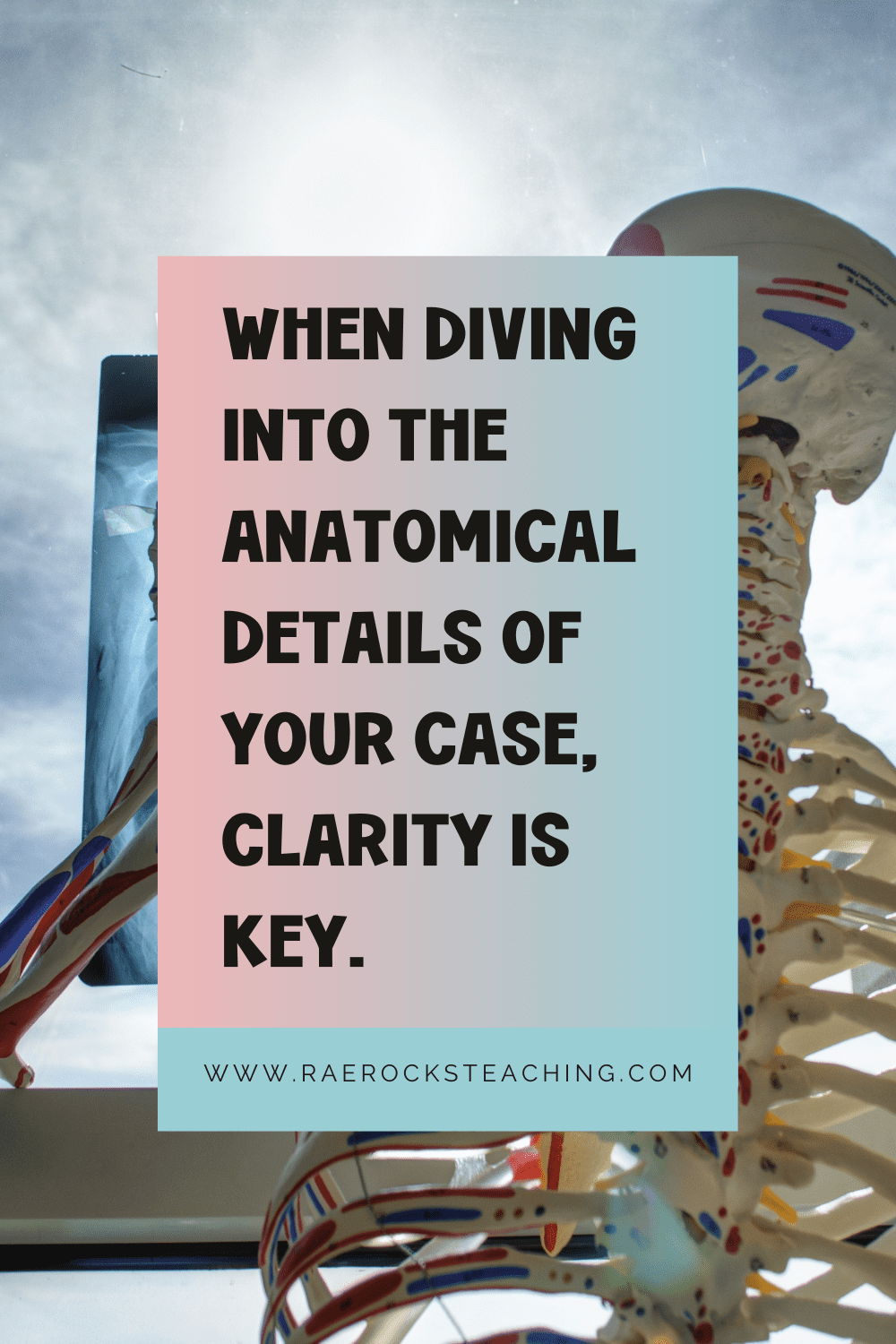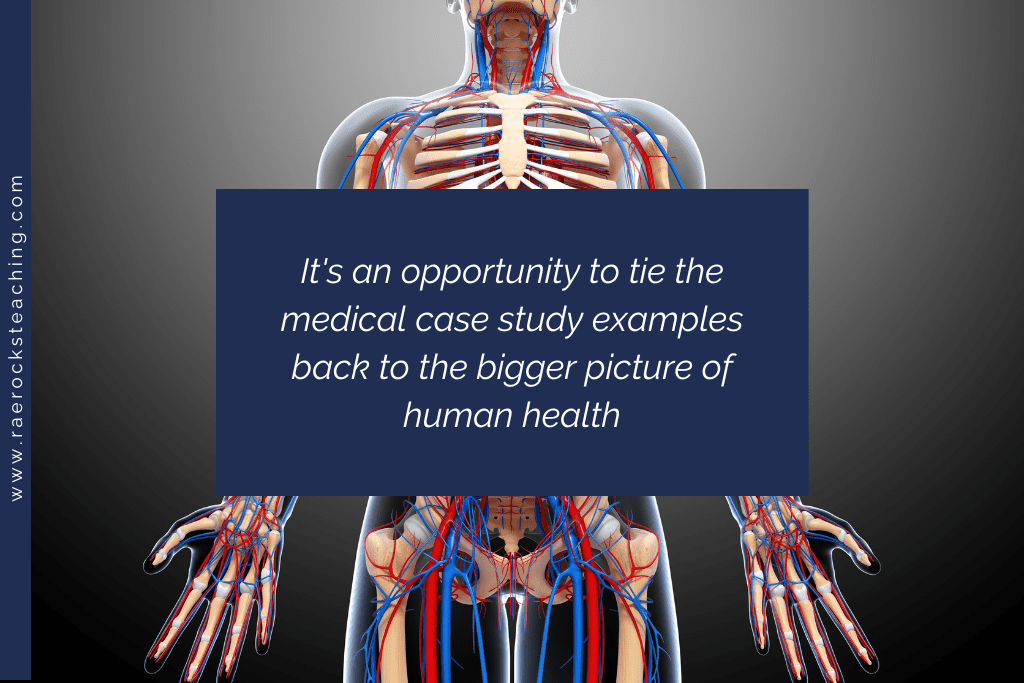Creating medical case study examples for high school anatomy classes is about striking the perfect balance between educational content and engaging storytelling. The challenge? Making the complex and concepts of anatomy accessible and interesting to teenagers who might otherwise be more interested in their social media feeds than the inner workings of the human body. Let’s dive into how you can create captivating case studies that will not only educate but also intrigue your high school audience.
Starting With a Bang
The key to capturing the attention of your students is to choose a case that sparks interest from the get-go. Opt for conditions or medical scenarios that are relevant and have a direct link to the anatomy topics you’re covering. Whether it’s exploring the cardiovascular system through a case of congenital heart disease or delving into the musculoskeletal system with a sports injury scenario, the right choice can turn a lesson into an adventure.

-
Save
Crafting a Story That Sticks
Nothing makes medical case study examples come alive more than a relatable narrative. Imagine a teenager facing a sudden, unexplained medical challenge – this could be your case’s protagonist. By weaving a story that students can imagine themselves or someone they know experiencing, you bridge the gap between textbook anatomy and real-life application. This narrative approach not only holds their attention but also makes the information more memorable.
Case Studies in Anatomy in Action
When diving into the anatomical details of your case, clarity is key. Utilize visuals like diagrams or animations to illustrate the affected areas, and connect these visuals back to the case-studies-in-anatomy you’ve chosen. For instance, if your case involves a ruptured Achilles tendon, show how this injury impacts the muscular system and explain the role this tendon plays in everyday movements. By linking the condition to its anatomical foundations, you help students visualize and understand the complexities of the human body.

-
Save
Engaging Through Problem-Solving
Transform your students into medical detectives. Present them with symptoms and let them hypothesize potential diagnoses, guiding them through the process of elimination and reasoning that leads to the final diagnosis. This interactive approach not only makes learning fun but also sharpens their critical thinking skills. It turns high school science case studies into a hands-on learning experience, encouraging students to apply what they’ve learned in a practical, problem-solving context.
Reflection and Beyond
After solving the case, it’s crucial to debrief. Discuss the learning takeaways and how this knowledge can be applied in future scenarios, both in and out of the classroom. This reflection phase reinforces the material covered and encourages students to think about the broader implications of their learnings. It’s an opportunity to tie the medical case study examples back to the bigger picture of human health and biology, making the lesson not just about passing the next test but about understanding life itself.

-
Save
The Takeaway
Incorporating case studies in anatomy can transform your class from a mere curriculum requirement to a highlight of your students’ high school experience. By focusing on relatable, engaging stories and connecting them back to the scientific concepts, you can make the complex world of human anatomy accessible and fascinating.
Remember, the goal is to bring anatomy to life, showing its relevance and impact beyond the classroom walls. With carefully crafted case studies, you can achieve just that, making anatomy a subject that your students look forward to exploring.
Don’t forget to grab your FREE COPY of The Ultimate Guide to Engage Students To Learn Anatomy | 7 Secrets To Implement Today

-
Save
I love sharing helpful content with y’all and would love to connect on IG or Facebook. I’m on TikTok too! Follow me and send me a DM with what you need more of because I’m here to help! If you are looking for even more inspiration, find me on Pinterest!
Share via:








